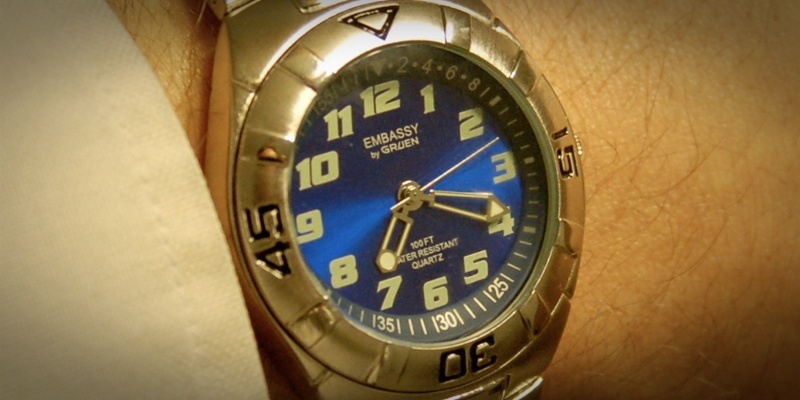Employers have been urged to ensure that senior personnel do not come under so much pressure that their work performance suffers.
A new study from the Office of National Statistics found that managers and senior officials put in the longest hours of anyone, and a significant proportion of their time in the work place is effectively unpaid.
The report found that senior personnel are being paid for 38.5 hours per week when in reality they are working an average of 46.2 hours.
The study found that professionals who do not have a management remit also work longer than they are expected to and clock up an average of 43.4 hours per week, while only being paid for 36.6 hours.
Process, plant and machine operators and workers in less skilled roles who respectively average 44.2 hours and 41.4 hours per week have a much smaller gap between overall hours worked and pay received.
Across the economy as a whole, however, the Labour Force Survey data shows that the average UK employee is doing fewer hours in 2011 an average of 36.3 hours a week between April and June than a decade ago, when workers were averaging 38.1 hours.
Ben Wilmott, head of public policy at the Chartered Institute of Personnel and Development, said companies need to ensure that senior staff are not being put under unnecessary strain.
He said: ”While managers tend to have more autonomy, which mitigates some of the damaging effects of long hours, they are also more likely to be under excessive pressure more frequently than workers in non-management roles.
”One of the problems is that many managers fall into a vicious circle of poor management they don’t invest enough time in managing people so they end up having to deal with higher levels of stress, conflict and absence in their teams, which puts them under further pressure.”
Photo by Flickr user scottfeldstein
